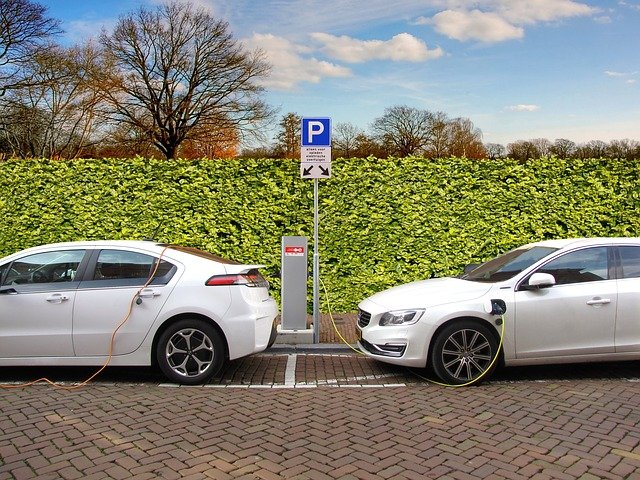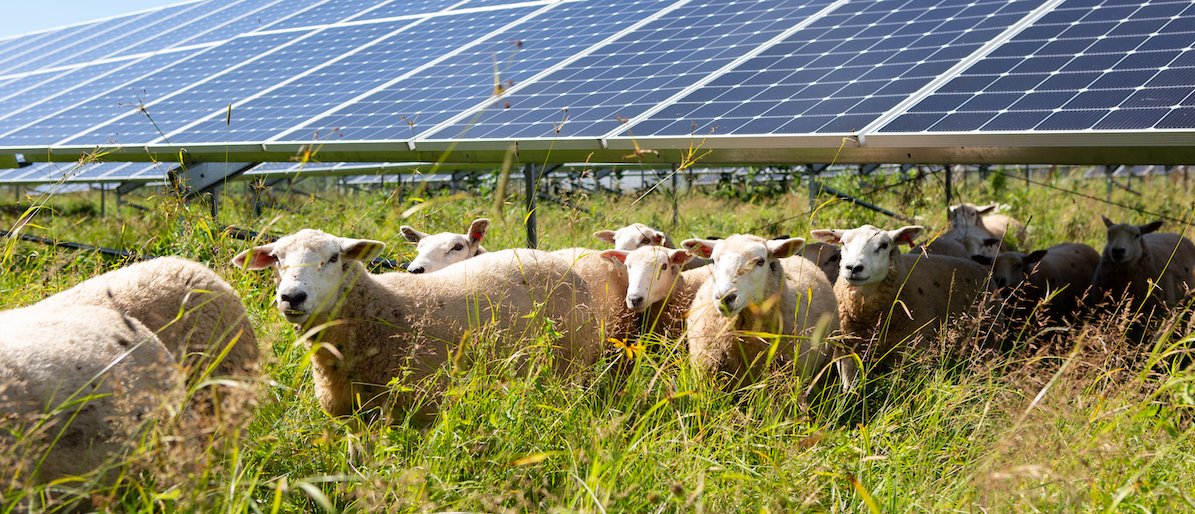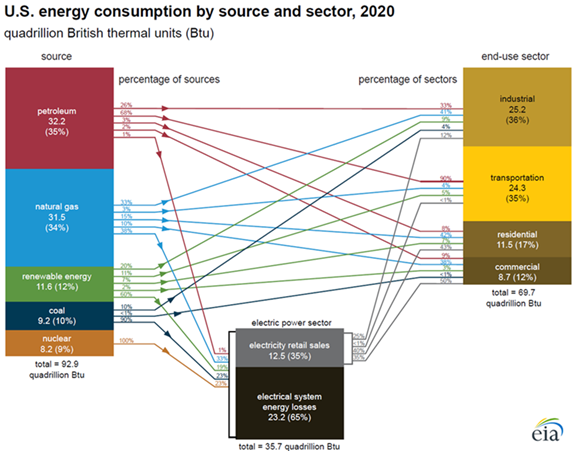EIA Electric Power Monthly - May 2021 (to March 2021)
Solar lags wind by a lot, but continues to grow.
1,669.9MW of new utility scale solar was added, taking the total to 50,701.9MW. Planned 12-month solar capacity additions increased by 913.9MW to 14,918.8MW.
Utilty-scale solar generation for March 2021 was 9.3TWh, up from 6.3TWh in 2020, a seemingly extraordinary increase, but March 2020 was relatively weak and capacity has increased by 28.40% since March 2020.
Including estimated small-scale generation, in March solar was was 13.4TWh, 4.27% of US generation compared to 3.14% a year ago. That brought the rolling share to 3.41%, up from 2.71% a year ago.
Estimated total solar generation was above 10TWh each month from April to October in 2020. With the large increase in capacity in 2020, and the large increase forecast for 2021, we can now be sure that the range will be March to November at least, with December 2021 and January 2022 an increasing possibility, and February added from 2022.
Utility scale generation was above 10TWh only in July 2020. In 2021 we can expect utility scale solar generation to exceed 10TWh between April and August at least, with September also possible.
12 month rolling estimated solar plus wind generation was 11.91% of generation.
Solar
Utility Solar:
Capacity (MW):
| Period | Prior | Change | New | Change |
|---|
| Month | 49,032.0 | 1,669.9 | 50,701.9 | 3.41% |
| YTD | 47,848.2 | 2,853.7 | 50,701.9 | 5.96% |
| Rolling | 39,486.1 | 11,215.8 | 50,701.9 | 28.40% |
| Plan +12mo | 15,674.8 | 913.9 | 14,918.8 | 29.42% |
Generation (GWh):
| Year | Month | YTD | Rolling | Month % | YTD% | Rolling |
|---|
| 2020 | 6,314 | 16,859 | 75,481 | 2.04% | 1.73% | 1.83% |
| 2021 | 9,342 | 21,577 | 95,609 | 2.97% | 2.16% | 2.35% |
| Difference | 3,028 | 4,718 | 20,128 | 0.93% | 0.43% | 0.52% |
Small Scale Solar:
Capacity (MW):
| Period | Prior | Change | New | Change |
|---|
| Month | 28,593.2 | 295.3 | 28,888.5 | 1.03% |
| YTD | 27,723.7 | 1,164.8 | 28,888.5 | 4.20% |
| Rolling | 24,355.0 | 4,533.5 | 28,888.5 | 18.61% |
Generation (GWh):
| Year | Month | YTD | Rolling | Month % | YTD% | Rolling |
|---|
| 2020 | 3,409 | 8,362 | 36,443 | 1.10% | 0.86% | 0.88% |
| 2021 | 4,092 | 9,780 | 43,158 | 1.30% | 0.98% | 1.06% |
| Difference | 683 | 1,418 | 6,715 | 0.20% | 0.12% | 0.18% |
Total Solar:
Capacity (MW):
| Period | Prior | Change | New | Change |
|---|
| Month | 77,625.2 | 1,965.2 | 79,590.4 | 2.53% |
| YTD | 75,571.9 | 4,018.5 | 79,590.4 | 5.32% |
| Rolling | 63,841.1 | 15,749.3 | 79,590.4 | 24.67% |
Generation (GWh):
| Year | Month | YTD | Rolling | Month % | YTD% | Rolling |
|---|
| 2020 | 9,723 | 25,220 | 111,924 | 3.14% | 2.59% | 2.71% |
| 2021 | 13,435 | 31,357 | 138,767 | 4.27% | 3.14% | 3.41% |
| Difference | 3,712 | 6,137 | 26,843 | 1.12% | 0.55% | 0.70% |

pv-magazine-usa.com





